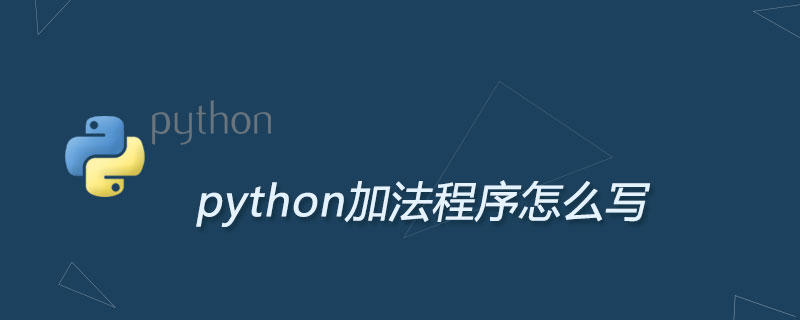![图片[1]-Python中猴子补丁是什么?-uusu优素-乐高,模型,3d打印,编程](http://uusucn.zbbe.cn/wp-content/uploads/2024/01/5ee9b293bc84c397.jpg)
属性在运行时的动态替换,叫做猴子补丁(Monkey Patch)。
为什么叫猴子补丁
属性的运行时替换和猴子也没什么关系,关于猴子补丁的由来网上查到两种说法:
1.这个词原来为Guerrilla Patch,杂牌军、游击队,说明这部分不是原装的,在英文里guerilla发音和gorllia(猩猩)相似,再后来就写了monkey(猴子)。
2.还有一种解释是说由于这种方式将原来的代码弄乱了(messing with it),在英文里叫monkeying about(顽皮的),所以叫做Monkey Patch。
猴子补丁的叫法有些莫名其妙,只要和“模块运行时替换的功能”对应就行了。
猴子补丁的用法
1、运行时动态替换模块的方法
stackoverflow上有两个比较热的例子,
consideraclassthathasamethodget_data.Thismethoddoesan externallookup(onadatabaseorwebAPI,forexample),andvarious othermethodsintheclasscallit.However,inaunittest,youdon't wanttodependontheexternaldatasource-soyoudynamically replacetheget_datamethodwithastubthatreturnssomefixeddata.
假设一个类有一个方法get_data。这个方法做一些外部查询(如查询数据库或者Web API等),类里面的很多其他方法都调用了它。然而,在一个单元测试中,你不想依赖外部数据源。所以你用哑方法态替换了这个get_data方法,哑方法只返回一些测试数据。
另一个例子引用了,Zope wiki上对Monkey Patch解释:
fromSomeOtherProduct.SomeModuleimportSomeClass defspeak(self): return"ookookeeeeeeeee!" SomeClass.speak=speak
还有一个比较实用的例子,很多代码用到 import json,后来发现ujson性能更高,如果觉得把每个文件的import json 改成 import ujson as json成本较高,或者说想测试一下用ujson替换json是否符合预期,只需要在入口加上:
importjson importujson defmonkey_patch_json(): json.__name__='ujson' json.dumps=ujson.dumps json.loads=ujson.loads monkey_patch_json()
2、运行时动态增加模块的方法
这种场景也比较多,比如我们引用团队通用库里的一个模块,又想丰富模块的功能,除了继承之外也可以考虑用Monkey Patch。
原文来自:https://www.py.cn


















































暂无评论内容